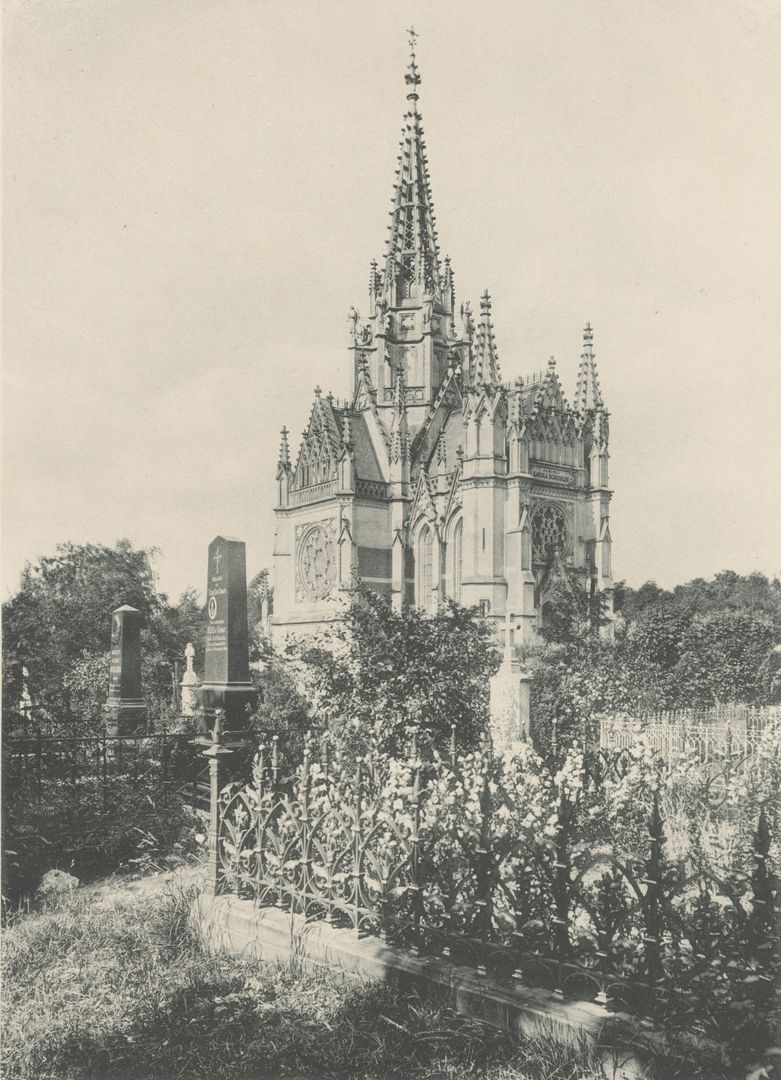Scheibler Chapel
7.69

Overview
The Karol Scheibler Chapel, located in the Old Cemetery at Ogrodowa Street in Łódź, is an exceptional mausoleum completed in 1888 according to a design by architects Edward Lilpop and Józef Dziekoński. Built in the Neo-Gothic style, the chapel is one of the largest works of cemetery architecture in the world, testifying to the dynamic development of Łódź in the 19th century. Karol Scheibler (1820–1881), an industrialist and creator of a powerful industrial empire, commissioned the chapel after his death at the request of his wife Anna. After unsuccessful attempts to select a design, Lilpop and Dziekoński were eventually approached, and their project impressed contemporaries. The chapel's architecture shows inspirations from French and German Gothic, including references to St. Stephen's Cathedral in Vienna and the Sainte-Chapelle in Paris. The crypt contains the remains of Karol and his sons, and over time, other family members were also buried there. After World War II, the chapel suffered significant damage: the crypt was destroyed, and the structure gradually deteriorated. Restoration began only in the 1990s, after which the Foundation for the Rescue of the Chapel was established to lead efforts for its reconstruction and preservation. In 2006, the chapel was listed among the 100 most endangered heritage sites in the world, drawing attention to its historical and cultural significance. In recent years, several renovations have been carried out, including securing the roof and restoring the interior. The chapel features rich decorations, such as stained glass windows, sculptures, and stonework ornaments. It is intended to serve as a memorial dedicated to Karol Scheibler, highlighting his contribution to the development of Łódź and standing as a valuable example of 19th-century sacred architecture with high artistic merit.
Location
Tickets
Powered by GetYourGuide
2025 Wizytor | All Rights Reserved